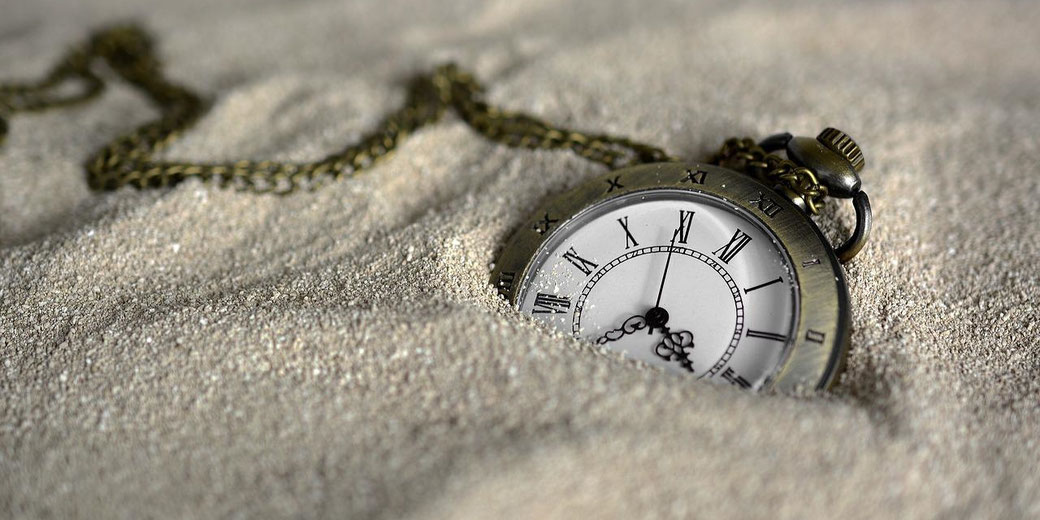
Most History teachers struggle to teach centuries correctly and we must work together to fix it
Disclaimer: This blog post is not meant to be a criticism of teachers. History teachers are extremely busy on a daily basis and are responsible for teaching a myriad of complex skills to their students in very limited time frames.
This following post seeks to highlight a common area of weakness and offers some simple solutions to help support educators.
The perennial issue of numbering centuries
How do you know which years belong to which century in history?
For example, what was the first and last year of the 20th century?
Was it 1900-1999, or was it 1901-2000?
Most people seem to get this wrong.
To find out what the consensus opinion was among History teachers, I created an online survey at the end of August 2019.
I posted it on the History Skills Twitter and Facebook accounts, and shared it on a number of History teacher Facebook groups.
This was the question I posed:
Counting Centuries: How do you teach your students which years are in each century?
I offered a choice between two possible answers. They were as follows:
Option 1: 16th Century: 1500-1599
Option 2: 16th Century: 1501-1600
How teachers answered
After only a day, more than 600 teachers voted. Here are the totals from Facebook and Twitter:
Facebook response:

Twitter response:

The results of both the Twitter and Facebook surveys were surprisingly consistent.
Around 60% of all History teachers teach their classes that centuries are counted from 00-99.
What is the correct answer?
The correct answer is: The 16th century is from 1501-1600
Explanations for why this is the case can be easily found online. Here are a few examples:
Firstly of all, the Oxford English Dictionary says:
“centuries run from 01 to 100, meaning that the new century begins on the first day of the year 01 (i.e. 1 January 1901, 1 January 2001, etc.).”
Secondly, the Merriam-Webster dictionary says:
“a century is by definition 100 years in length, and the first century started on January 1, [AD] 1 ... [and] actually end[ed on] … December 31, [AD] 100, and the second century didn't begin until January 1, 101.”
Thirdly, the American Library of Congress says:
“the 20th century ... began January 1, 1901, and will end on December 31, 2000”
Next, the Khan Academy says that:
“the 1st Century included the years 1-100 (there was no year zero), and the 2nd Century, the years 101-200"
Why is this such a common mistake?
It is hard to explain why so many people, even History teachers, have made this mistake. Here are some probable causes:
- It may appear easier to remember that all 100 years start with the same number (e.g., 1500-1599) rather than the correct numbers (e.g., 1501-1600)
- They may simply be copying what they were erroneously taught by their own teachers
- Some teachers have purchased educational materials that teach the same error and trusted that it was correct. Sadly, since there is no quality control on what can be sold online: buying resources that perpetuates this error is surprisingly easy. Here is just one example.
How do we fix this?
Thankfully, it is easy to correct. The first thing we need to do is raise awareness. This is why I have written this blog post: to highlight the issue.
Thankfully, most teachers are good-natured people who want the best for their students and are more than happy to correct their mistakes in order to help their students succeed.
Secondly, we can share any free resources that present the correct information. Here are two that History Skills has made for this purpose.
How to measure time:
How to number centuries:
Finally, we must not judge teachers too harshly. All teachers are under a lot of pressure and are just as human as everybody else.
We all make mistakes, and no educator teaches the wrong thing on purpose.
Therefore, when we notice another History teacher making this mistake, we should gently correct them and direct them to some helpful resources, rather than making them feel terrible for making a very common mistake.
Perhaps you can even send them this blog post...








Write a comment